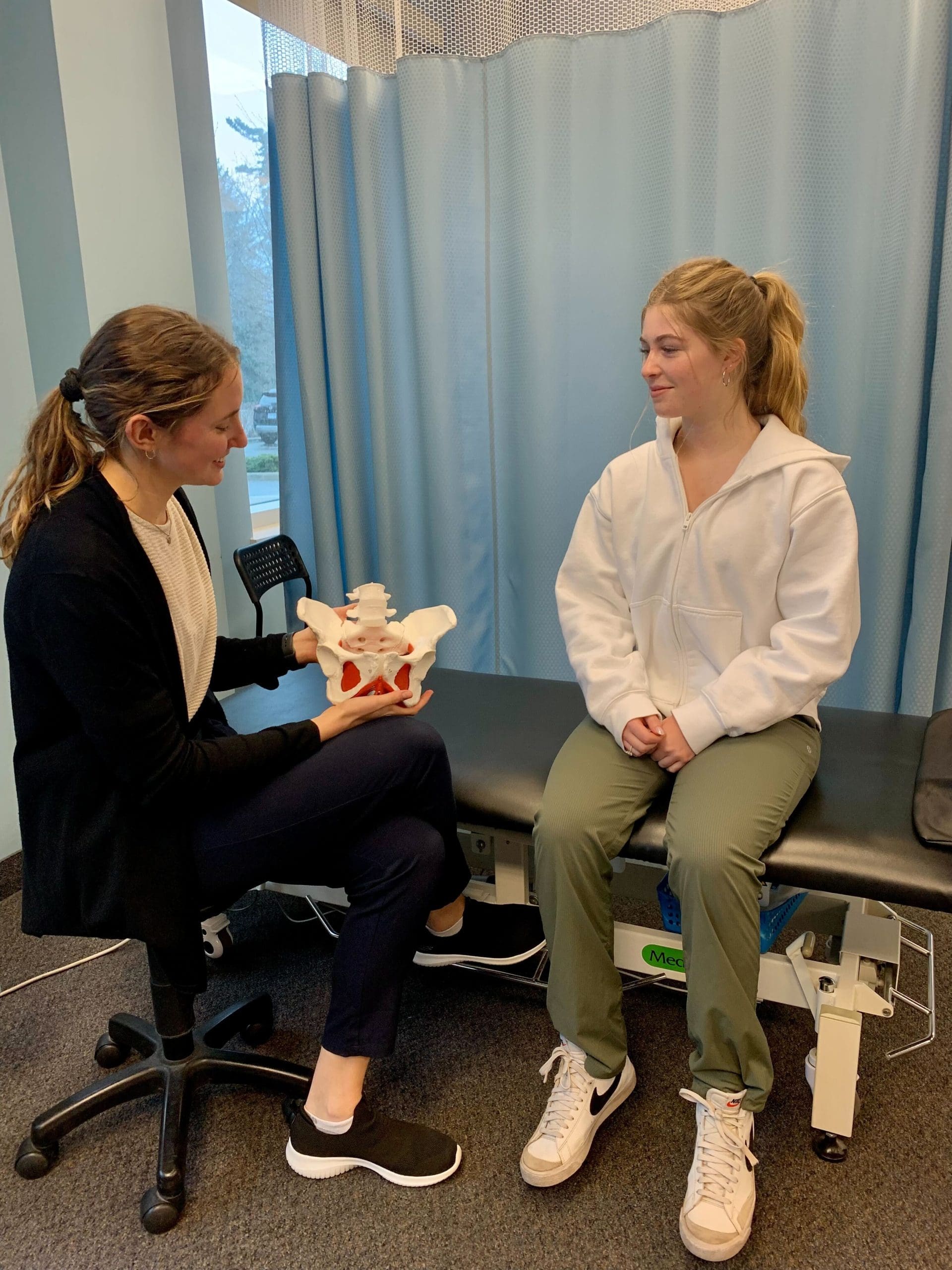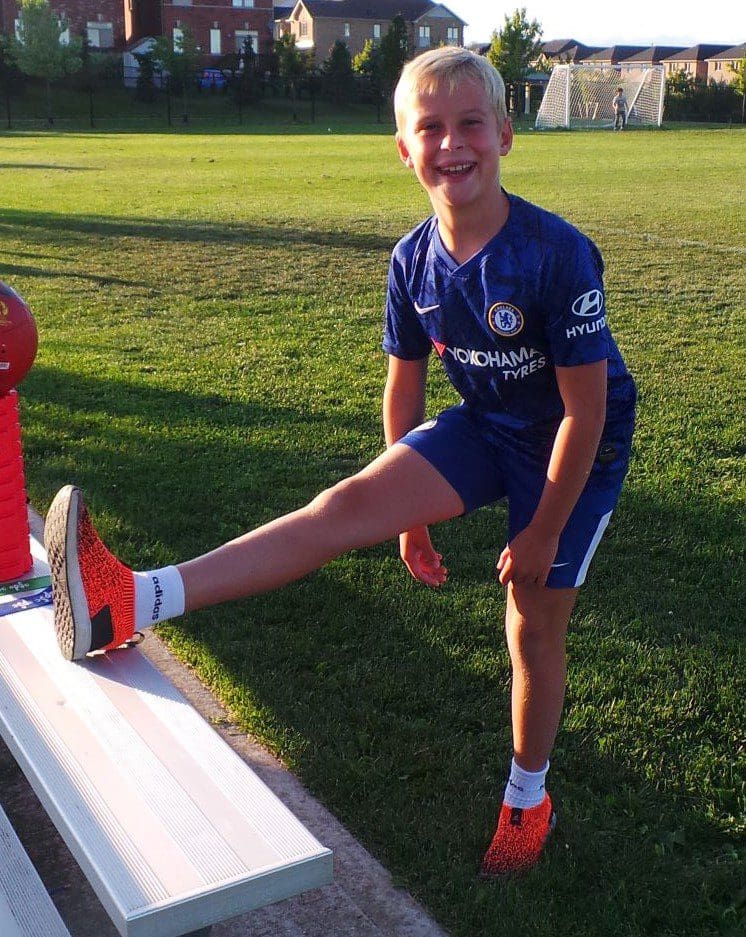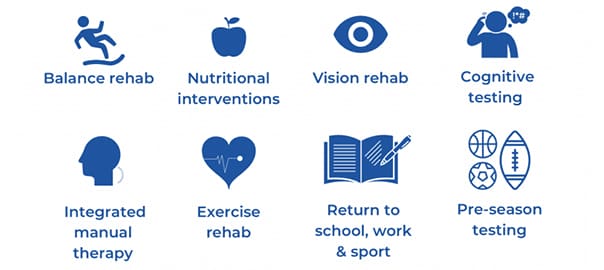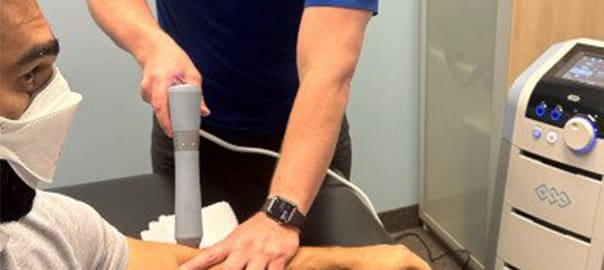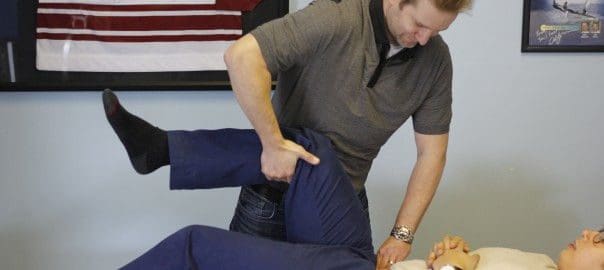How Eccentric Training Can Help To Prevent Hamstring Strains
When you injure your hamstrings, it usually means you’re left sore, benched, or worse…idling.
Note: Are you an athlete or a weekend warrior living in Oakville or Burlington and you know you do not perform at your peak? Check with our physiotherapists from the Oakville and Burlington physio clinics.
Because most sports involve the human body sprinting, jumping, and kicking, the hamstrings are easily one of the most frequently used AND frequently injured muscle group–in fact, recurrence rates in sports have been reported to be between 12-31%.
The hamstrings are naturally at risk for strains due to their anatomical configuration. A hamstring strain occurs when it is excessively stretched, leading to muscle fibre damage and disruption in the integrity of the structure. So, how do you protect yourself from the dreaded hamstring strain? Answer: Eccentric Training.
Eccentric training means trying to get the muscle fibres to actively lengthen as they contract. Exercises that work to eccentrically contract the hamstrings may lead to fewer hamstring strains, says a study from the University of British Columbia. They suggest that exercises like the “hamstring lowers” (where you would kneel on the floor with your trunk upright and perpendicular to the floor, and with your feet supported, lower yourself until you no longer can hold yourself and then use your arms to catch yourself as you reach the floor), allows for structural adaptations that optimizes the angle of peak torque to reduce the risk for potential injury.
Anson Ly, B.Kin | Health Blog
If you or someone you know would like to learn more about injury prevention, please don’t hesitate to contact Sheddon Physiotherapy and Sports Clinics in Oakville and Burlington at 905-849-4576.
We are located only 6 min East of Oakville Place and 4 min West of Canlan Ice Sports.
The Burlington physio clinic is located only 6 min north-west of Joseph Brant Hospital and 2 min south-west of Mapleview Shopping Centre, on Plains Rd East.





